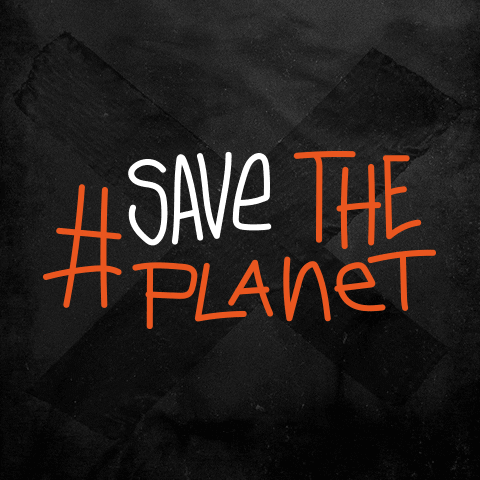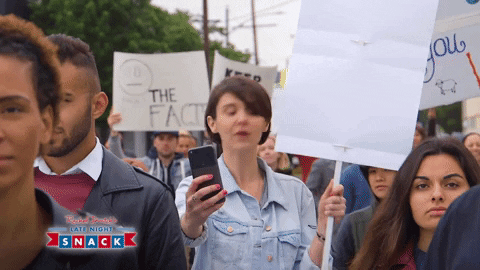Activism is all over your social media timeline!
Have you ever liked or shared an infographic like this?
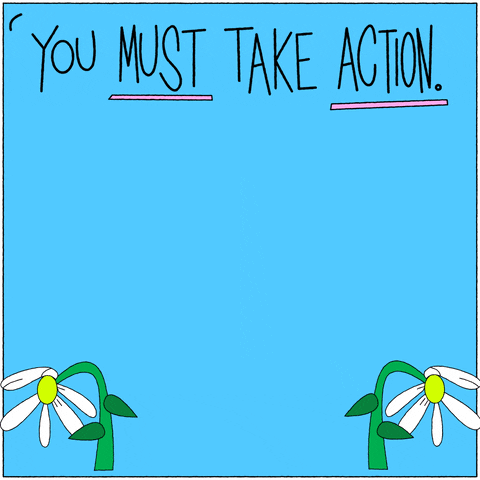
If yes, you're taking part in clicktivism — a type of social media activism that people use to raise awareness, collect funds, and encourage action for social causes.
Clicktivism definitely feels good and connects you to causes that are important to you. But does it help make the world a better place?
What Does Clicktivism Look Like?
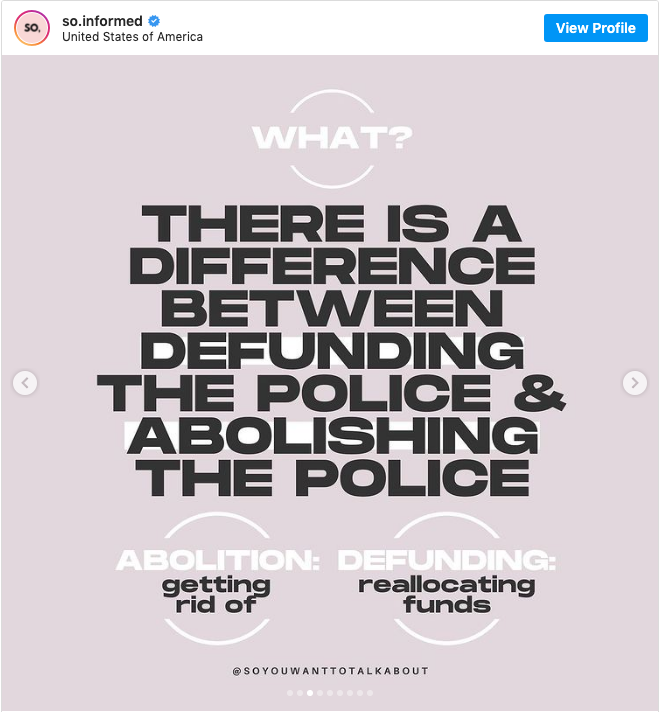
Infographics
Posts, slideshows, and stories that catch your attention with appealing visuals
Aim to help you better understand issues with simple language and an easy to read format
Hashtags
Adding # to a word or phrase connects people to other posts about that topic
Can gain more attention for a cause by making it go viral
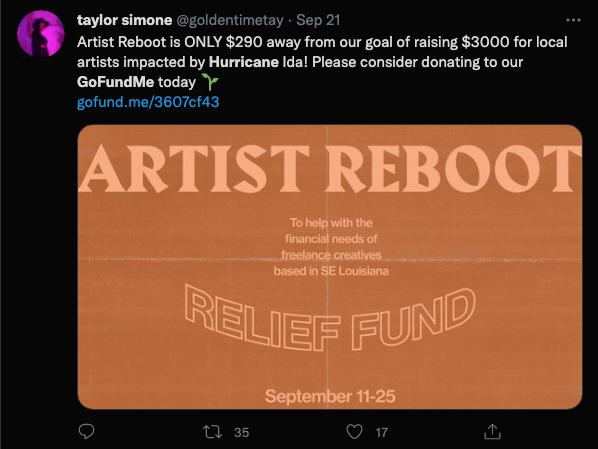
Crowdfunding
Links to fundraising campaigns via GoFundMe/Venmo/FundRazr, etc.
Helps people and organizations raise funds for relief efforts, bail funds, community projects, etc.
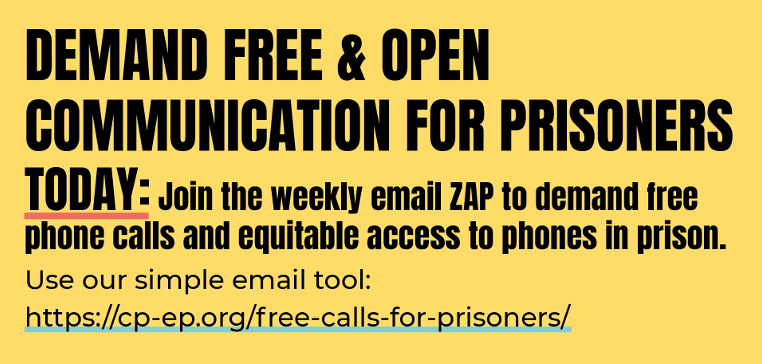
Email/Phone Zaps
Campaigns that encourage you to put pressure on politicians and companies to make changes through phone calls and emails
Provide scripts and templates you can use to communicate with elected officials and company reps
What Good Does Clicktivism Do?
 It's empowering.
It's empowering.
#MeToo and #TimesUp gave women a voice to tell the world about their personal experiences with sexual harassment and gender inequality.
The movement around the hashtags challenged people to reimagine how workplaces and public spaces could be safer and more equitable for women.
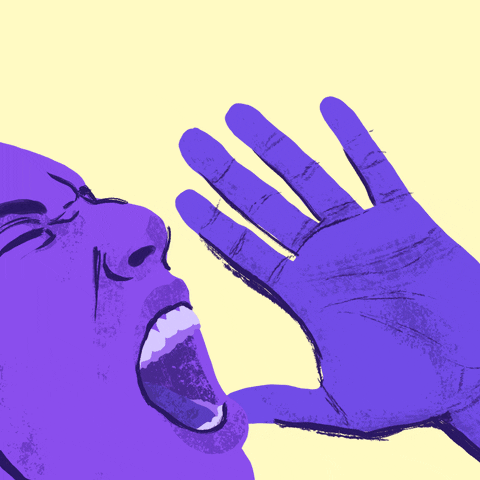 It changes minds and encourages action.
It changes minds and encourages action.
After the murder of George Floyd, people shared resources on social media to educate each other about racism and social justice.
Protests and pressure campaigns organized online helped people take the fight for racial justice offline to demand changes from politicians and companies.
What Are The Limits Of Clicktivism?
 It only tells part of the story.
It only tells part of the story.
All those infographics that you've been sharing and reading might make some good arguments, but it's hard to understand a complex issue in a few bullet points.
Be skeptical of any post or slideshow that doesn't include a source of information. It might be spreading misinformation.
If it does include a source, look it up so you can get a deeper perspective on the issue.
 It's hard to know where the money really goes.
It's hard to know where the money really goes.
Anyone can organize a fundraiser online, so how do you know where these funds are going to end up?
Do your research on the person or group doing the fundraising to make sure the money is going directly to support people in need.
It doesn't work if you make it all about you.
Activism means connecting with a cause that's bigger than yourself. It's about helping communities thrive through solidarity and collective action.
If you use clicktivism in a performative way — only to show people that you're a good person, or to feel better about yourself — you're doing a disservice to the cause you're trying to support.
Quiz
Jordyn sees a link to fundraiser for an organization that helps people find jobs after prison. She wants to donate to the cause. What should she do first?
Take Action

Clicktivism only works if you follow it up with real action!
You can only change the world if you get out into the world. It's one thing to be "armchair activist" or "keyboard warrior", but another thing to take what you learn from social media and try to make a real difference in your community.
Ask yourself:
Your feedback matters to us.
This Byte helped me better understand the topic.

